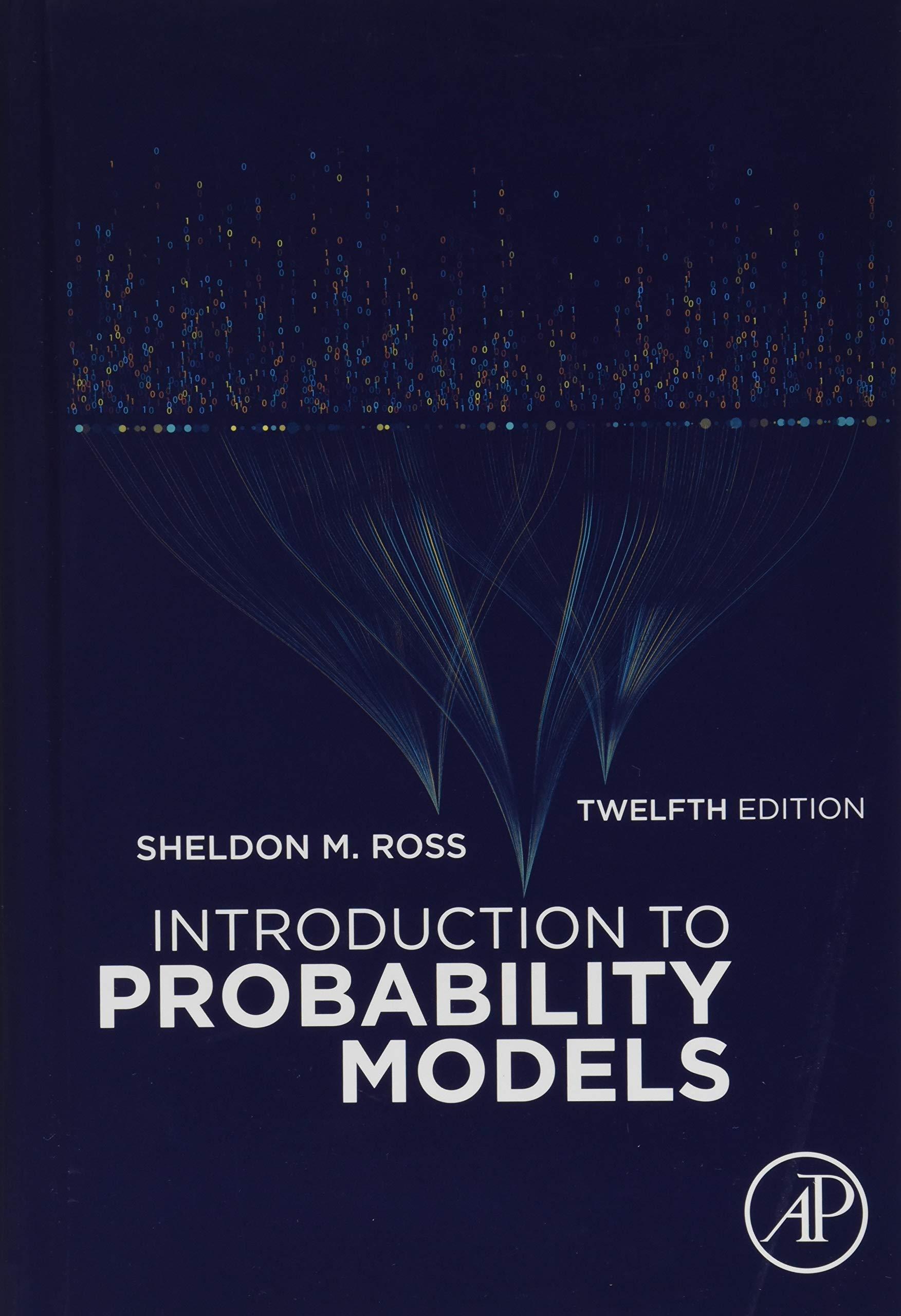Question
The weighted voting systems for the voters A, B, C, ... are given in the form { q : w 1 , w 2 ,
The weighted voting systems for the voters A, B, C, ... are given in the form
{q: w1, w2, w3, w4, ..., wn}.
The weight of voter A is w1, the weight of voter B is w2, the weight of voter C is w3, and so on. Consider the weighted voting system {65: 4, 61, 62}. (a) Compute the Banzhaf power index for each voter in this system. (Round your answers to the nearest hundredth.)
| BPI(A) | = |
| BPI(B) | = |
| BPI(C) | = |
(b) Voter B has a weight of 61 compared to only 4 for voter A, yet the results of part (a) show that voter A and voter B both have the same Banzhaf power index. Explain why it seems reasonable, in this voting system, to assign voters A and B the same Banzhaf power index. Despite the varied weights, this is a majority system. Any two of the three voters are needed for a quota
A. Despite the varied weights, this is a dictator system. Voter C controls the outcome, while voters A and B are dummy voters.
B. Despite the varied weights, in this system, all of the voters are needed for a quota.
C. Despite the varied weights, in this system, all voters are dummy voters. No voter is critical to a successful outcome.
D. Despite the varied weights, this is a minority system. Any one of the three voters can stop a quota.
Step by Step Solution
There are 3 Steps involved in it
Step: 1

Get Instant Access to Expert-Tailored Solutions
See step-by-step solutions with expert insights and AI powered tools for academic success
Step: 2

Step: 3

Ace Your Homework with AI
Get the answers you need in no time with our AI-driven, step-by-step assistance
Get Started


